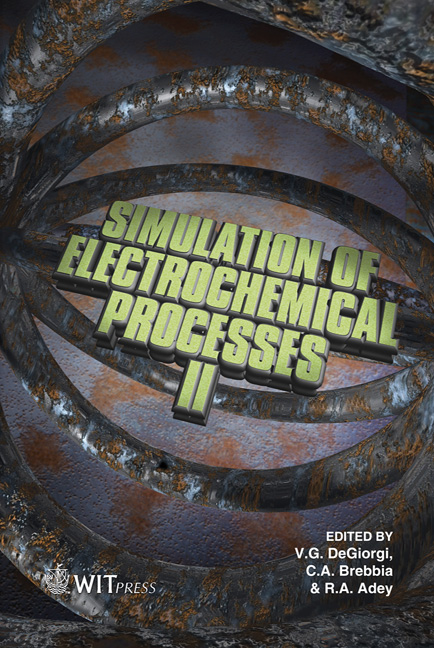Two-phase Electrolysis Process Modelling: From The Bubble To The Electrochemical Cell Scale
Price
Free (open access)
Transaction
Volume
54
Pages
15
Published
2007
Size
458 kb
Paper DOI
10.2495/ECOR070081
Copyright
WIT Press
Author(s)
P. Mandin, H. Roustan, R. Wüthrich, J. Hamburger & G. Picard
Abstract
During two-phase electrolysis for hydrogen, aluminium or fluor production, there are bubbles which are created at electrodes which imply a great hydrodynamic acceleration but also quite important electrical properties and electrochemical processes disturbance. There are few works concerning the local modelling of electrochemical processes during a two-phase electrolysis process. Nevertheless, effects like the anode effect, particularly expensive on the point of the process efficiency, should need a better understanding. The goal of the present work is to present the modelling and the numerical simulation of the gas production, from the single bubble scale to the macroscopic electrochemical cell, during the two-phase electrolysis process. Bubbles are motion sources for the electrolysis cell flow, and then hydrodynamic properties are strongly coupled with species transport and electrical performances. The presence of bubbles modifies these global and local properties: the electrolysis cell and the current density distribution are modified. The present work shows theoretical modelling on both scales and also performance changes during the two-phase electrolysis processes. Keywords: two-phase electrolysis modelling electrochemical bubbles. 1 Introduction Gas release and induced fluid flow over electrodes exist in many electrochemical processes such as aluminium, fluorine production, water electrolysis and many
Keywords
two-phase electrolysis modelling electrochemical bubbles.





